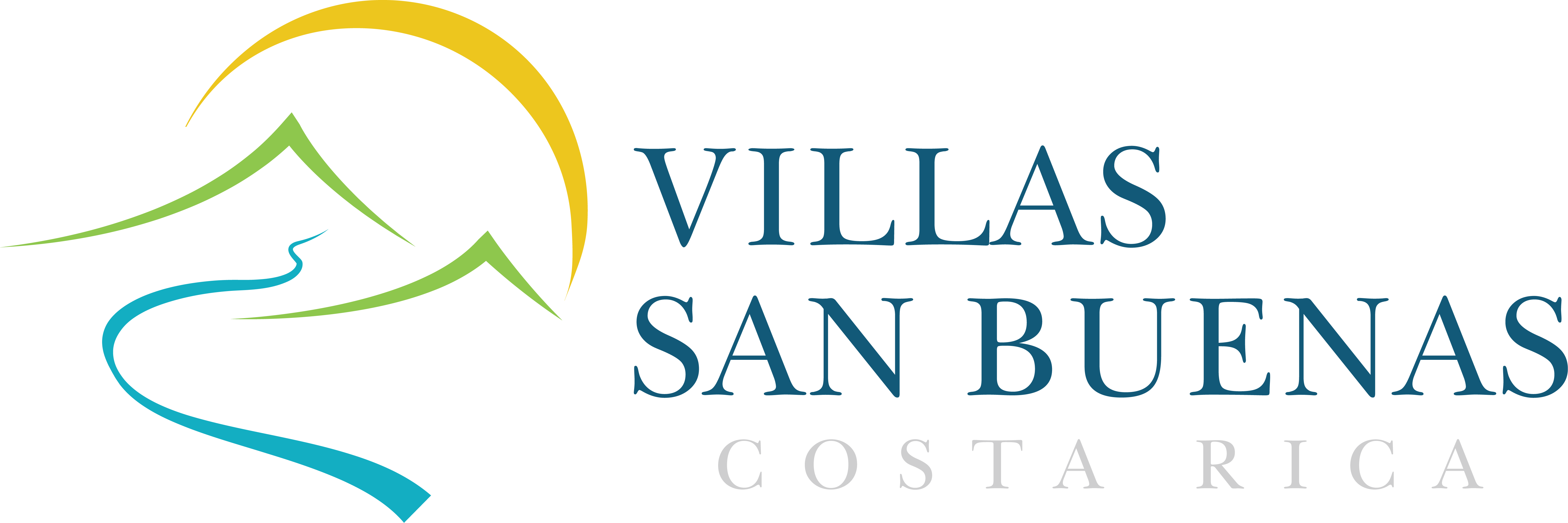According to a report released Wednesday by the United Nations Economic Commission for Latin America and the Caribbean (ECLAC), the region has boosted the amount of land dedicated to biodiversity conservation by 10 percent since 1990 – from 9.5 percent then to 19.5 percent in 2009.
The Statistical Yearbook for Latin American and the Caribbean 2009, an analysis that gauges changes in the use of Latin America’s natural resources during the past two decades, also found the amount of forested territory decreased from 48.8 percent to 44.9 percent between 1990 and 2007.
The 2009 breakdown takes the good with the bad.
From 1989 to 2008, Latin America decreased the overall amount of harmful ozone particles that it released from 74,500 tons to 6,700 tons.
